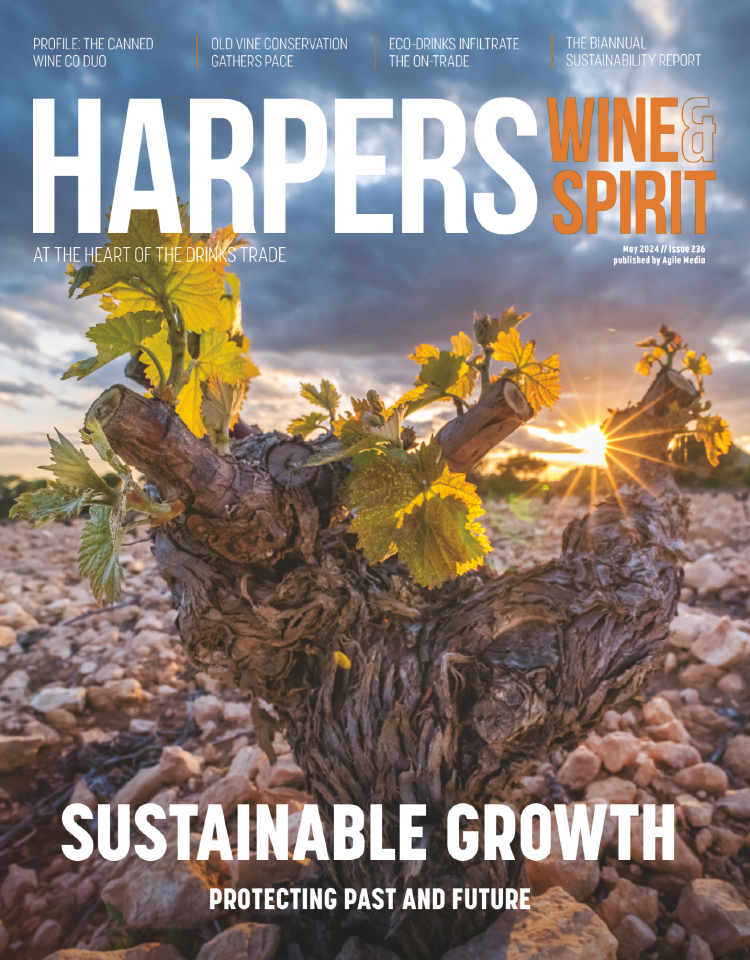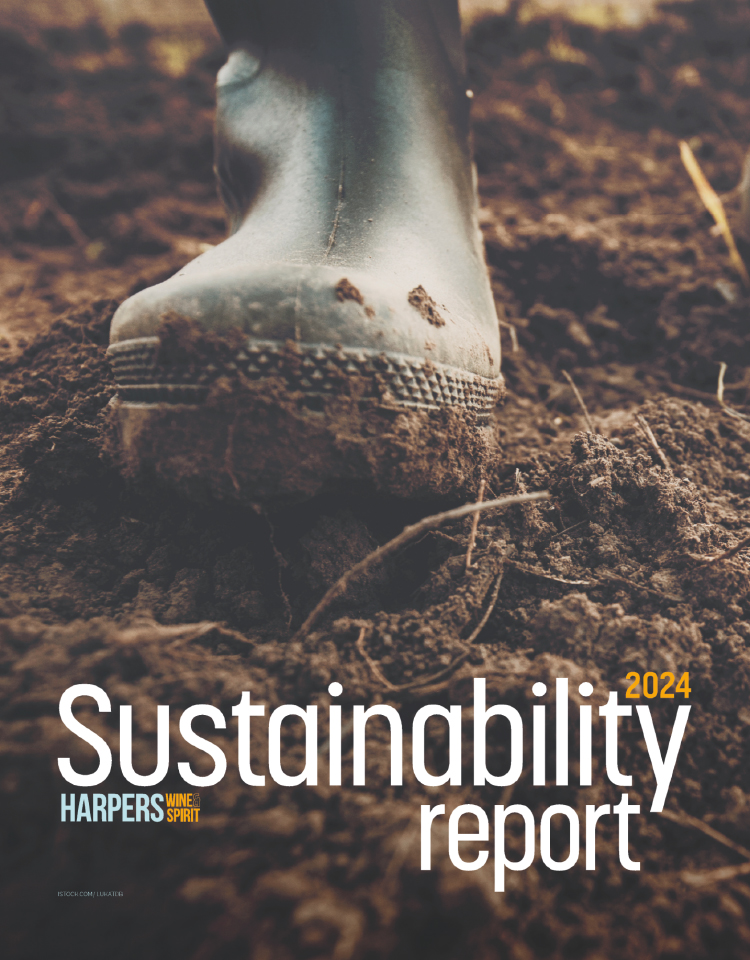Masters of mystique
I first became aware of the existence of the Masters of Wine before I started working in the wine trade.
Never having met one, I imagined Dungeons & Dragons characters in pinstripe suits gathering in cellars to exercise their alchemical powers in arcane Druidic ceremonies. My idea was modified only a little when I met my first example of the breed, a pinstriped MW of the very old school, at a tasting five years ago. The fabulous disdain with which he refused to answer any of my questions about what an MW might actually be, and what the organisation was for, only confirmed my notion that this was a secretive, possibly Masonic, sect.
As I've progressed in the wine trade, I've come to realise that, in many respects, these first impressions were not entirely fanciful. For while the institution has transformed itself from gentlemen's secret society into a well-respected qualification open, in principle, to everyone in the trade, it remains slightly mysterious. The mystique owes much to the miserly pass rate and to the anachronistic teaching methods (based on the medieval system of apprentices), where the recently qualified, untrained in teaching, act as mentors and de facto tutors, with varying degrees of success.
But one wonders if the institution isn't happy with this state of affairs. One only has to look at Waitrose's decision last week to replace two outgoing MWs with two MWs, to see why it would be. As good a buyer as Justin Howard-Sneyd is, would he be any less good if he hadn't passed the MW? Probably not: experience is what counts in buying. But Waitrose's reputation in the trade is clearly enhanced by employing five examples of what is still a very rare and, for outsiders, mysterious breed.
David Williams






